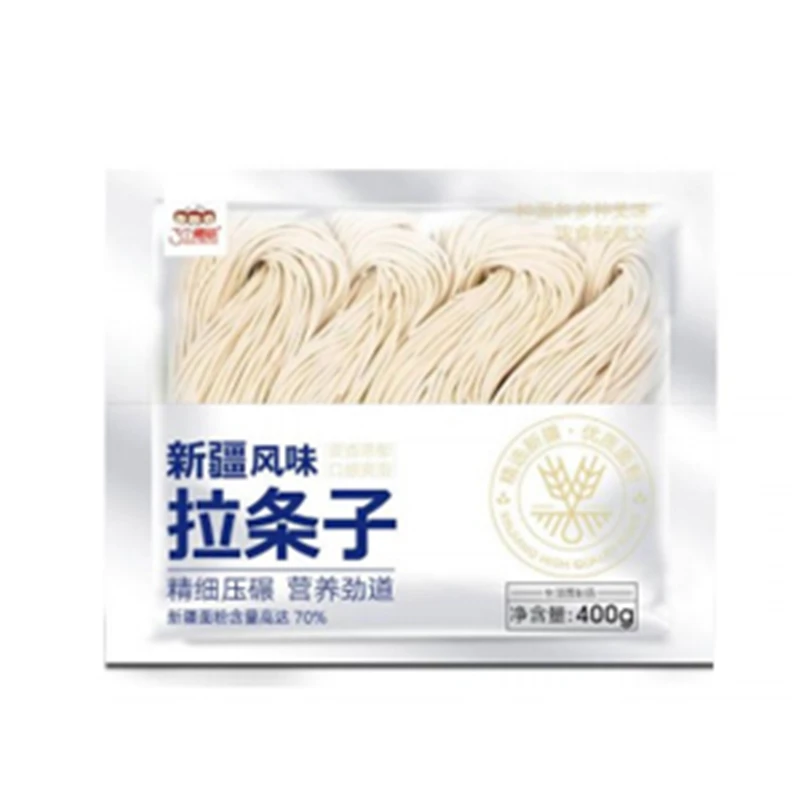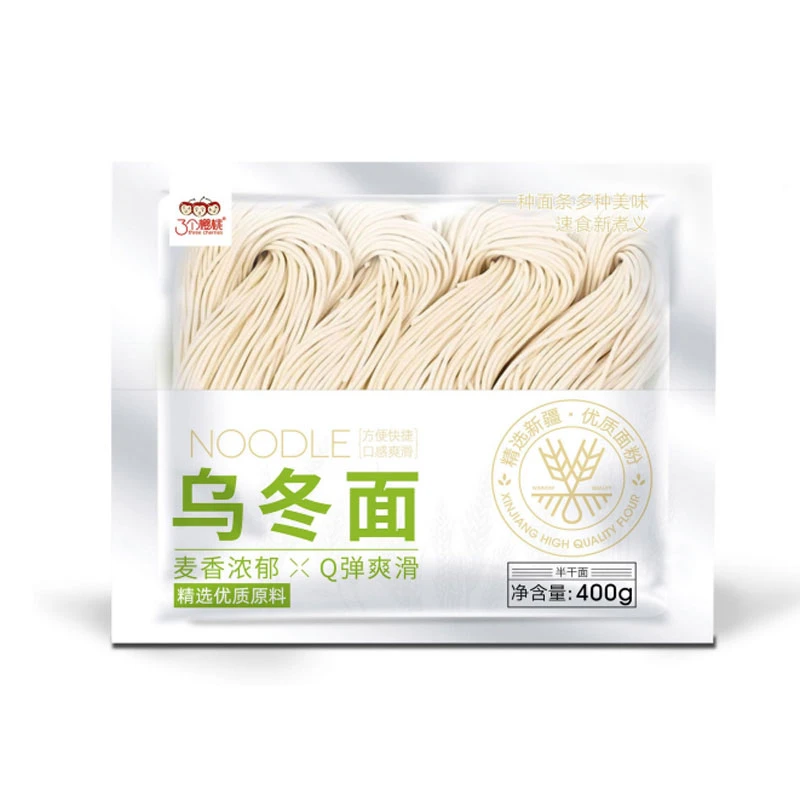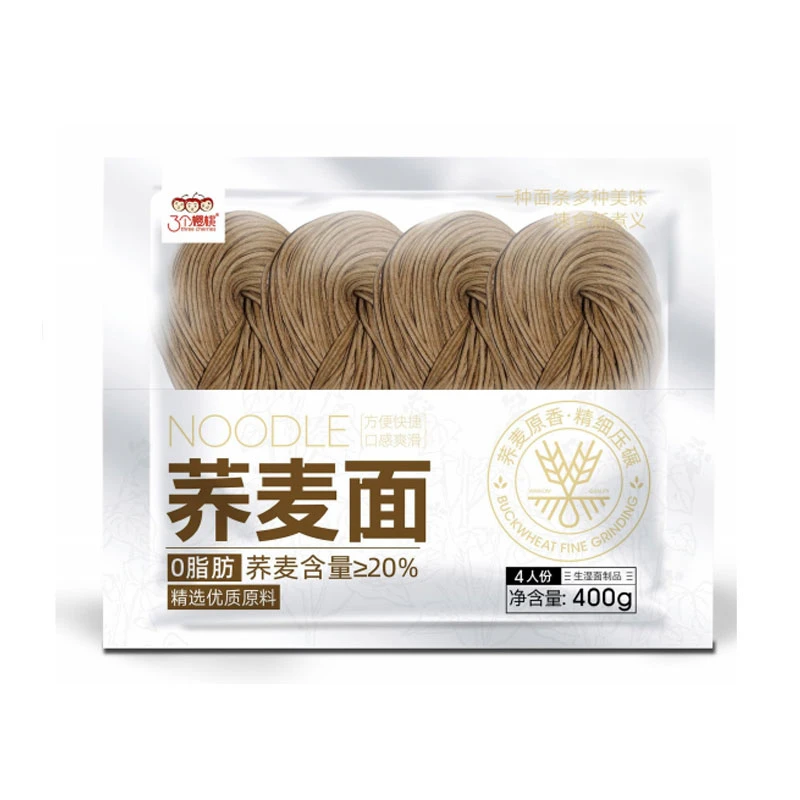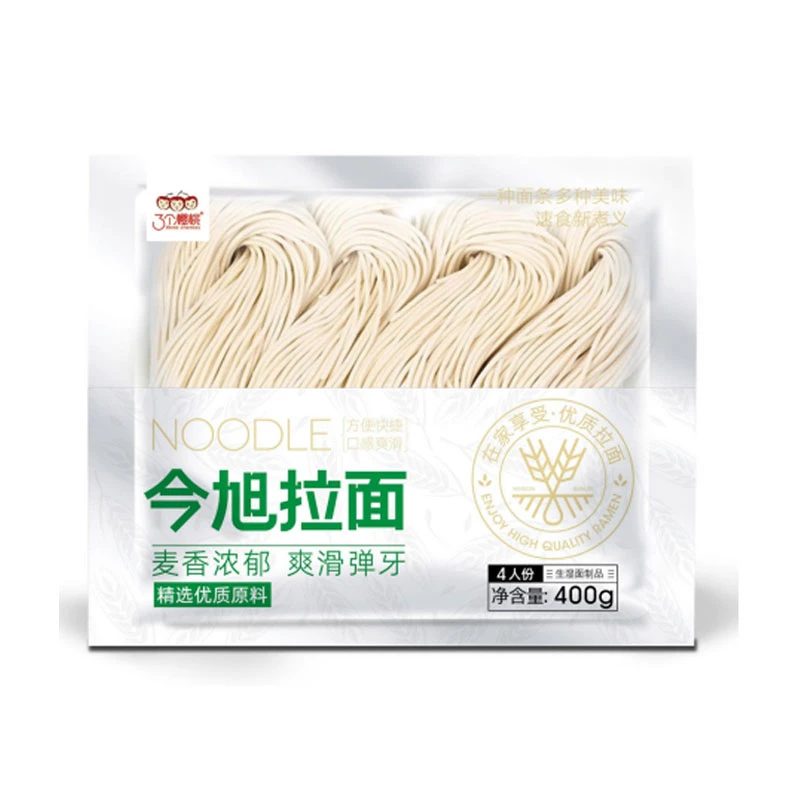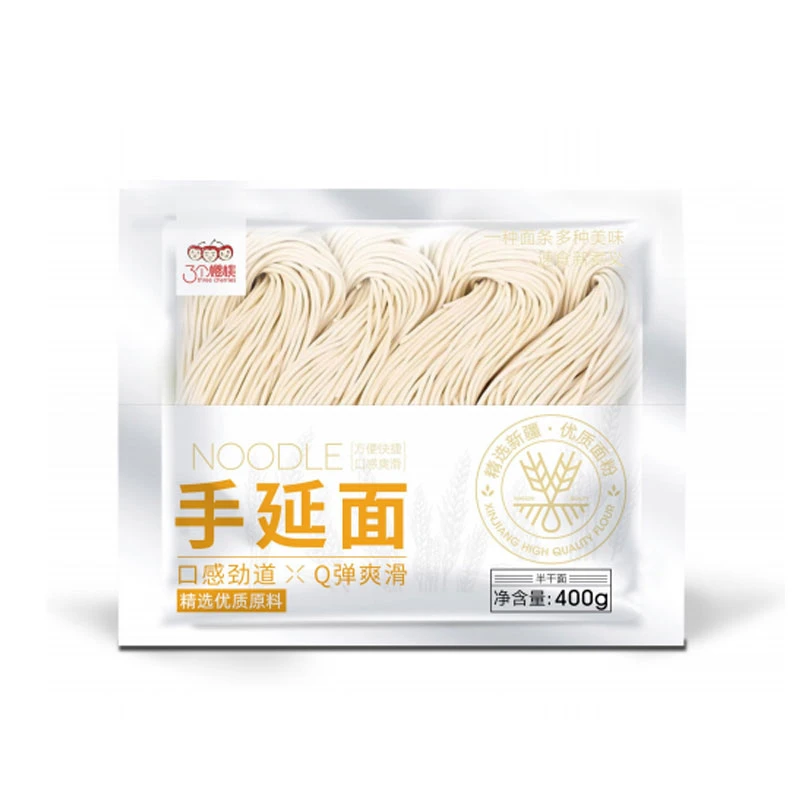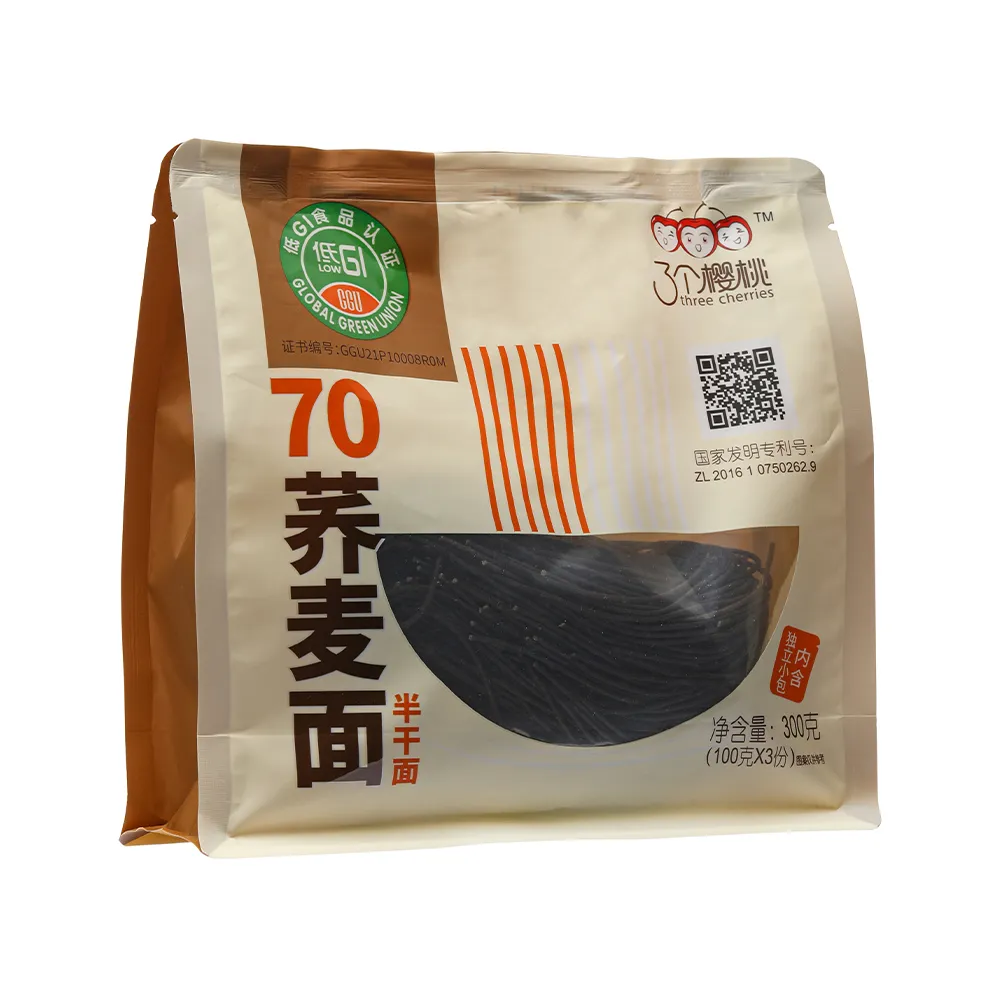What Is an Udon Noodle Made Of? Discover Hand Made Udon Noodles & Authentic Taste
- Exploring the Components and Origins of Udon Noodles
- The Evolution and Craftsmanship of Hand Made Udon
- Technical Superiority and Ingredient Processing
- Manufacturer Comparison: Quality and Production Efficiency
- Bespoke Solutions for Diverse Culinary Needs
- Real-World Applications and Use Cases
- Summary: Unveiling What Is an Udon Noodle Made Of
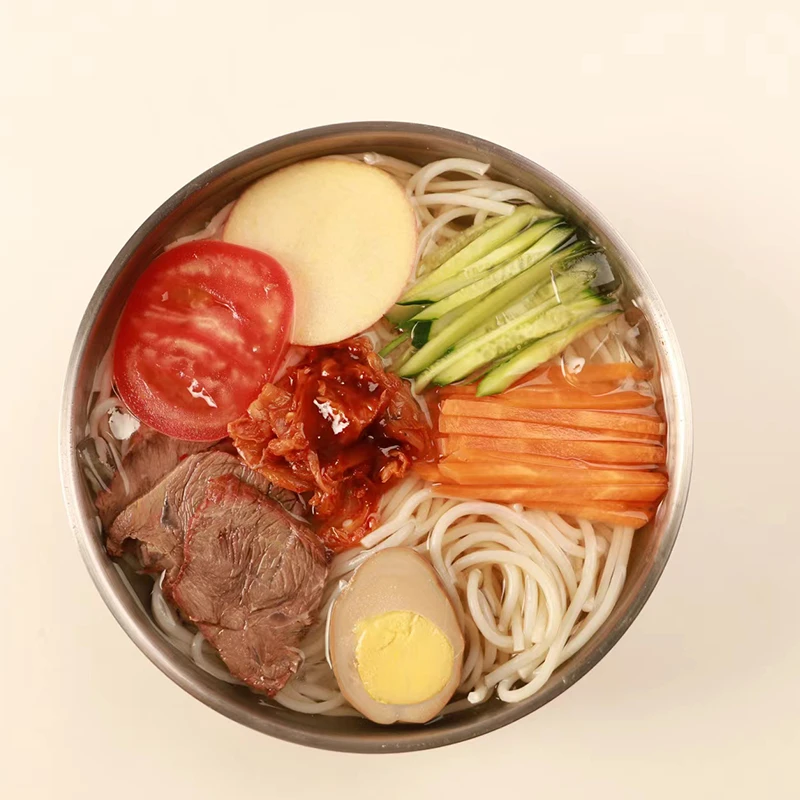
(what is an udon noodle made of)
Exploring the Components and Origins of Udon Noodles
Udon noodles stand as a staple within Japanese cuisine, their simplicity belying the technical sophistication involved in their production. So, what is an udon noodle made of
? At its core, an udon noodle is crafted from three essential ingredients: wheat flour, water, and salt. This minimalist base adheres to traditional roots, yet variations in flour protein composition and kneading methods produce uniquely chewy, resilient textures that distinguish authentic udon. Historical documents dating back to the Nara period attest to the presence of wheat-based noodles in early Japanese gastronomy. Today, over 120,000 tons of udon noodles are produced annually within Japan alone, highlighting global demand and cultural significance. Understanding these roots is vital for appreciating the depth and diversity enveloped in a single strand of udon.
The Evolution and Craftsmanship of Hand Made Udon
Despite technological advancements, the art of hand made udon persists, celebrated for its superiority in texture and flavor. The manual process entails precise kneading, rolling, and cutting, ensuring even gluten development and structural integrity. Surveys show that nearly 64% of premium noodle restaurants in Japan continue to serve noodle varieties made by hand. Small-scale producers maintain traditional knee-mixing (ashi-fumi) — where artisans apply pressure and fold dough with their feet. This unique practice maximizes gluten elasticity, creating noodles with a satisfying chew. Furthermore, variables such as dough rest time and salt-to-water ratio are fine-tuned to achieve optimal mouthfeel. The sensory experience of hand made udon is unmatched, delivering both cultural authenticity and culinary pleasure that machines rarely replicate.
Technical Superiority and Ingredient Processing
The technical advantages of udon noodles, especially regarding ingredient selection and processing methods, are profound. Wheat flour used in udon differs notably in protein and ash content compared to flours used in pasta or ramen, typically measuring 8-10% protein for desired chewiness. The water hardness and temperature directly influence dough sutility; studies indicate that slightly hard mineral water enhances gluten network formation, resulting in firmer noodles. Additionally, salt acts not only as a preservative but functions to tighten gluten structures. Data from the Japan Noodle Association reveals that minute modifications in ingredient ratios can alter boiling tolerance by up to 30%. Such specificity allows for both mass production scalability and meticulous, artisan customization. Laboratories consistently test for water absorption rates and tensile strength, ensuring that udon noodles meet precise quality benchmarks whether produced in local ateliers or modern factories.
Manufacturer Comparison: Quality and Production Efficiency
Selecting an udon supplier involves balancing heritage, efficiency, and end-quality. Below, a data-driven table showcases leading manufacturers based on criteria such as production capacity, gluten consistency, lead times, and export capabilities.
| Manufacturer | Annual Output (tons) | Hand Made Offerings | Protein Consistency (%) | Lead Time (days) | Export Reach (Countries) |
|---|---|---|---|---|---|
| Kagawa Udon Works | 22,000 | Yes | 99.2 | 10 | 18 |
| Tokyo Noodle Corporation | 18,700 | Limited | 96.8 | 12 | 21 |
| Sanuki Master Foods | 15,300 | Yes | 98.7 | 14 | 12 |
| Osaka FastNoodle Co. | 29,500 | No | 92.4 | 7 | 27 |
This manufacturer overview empowers culinary decision-makers to prioritize either hand made quality, global reach, or mass production capacities depending on restaurant requirements or market opportunities. Product uniformity, reliable lead times, and protein consistency play pivotal roles in large-scale distribution and product innovation.
Bespoke Solutions for Diverse Culinary Needs
As global dietary trends evolve, so does the demand for customized udon noodles. Premium brands increasingly offer gluten-free variants made from rice or buckwheat, responding to a 17% yearly growth in global gluten-free product demand. Likewise, manufacturers develop udon that meets vegan or organic certifications. Customers can specify desired thickness, length, or firmness, optimizing noodles for specific applications—hot broths, stir fries, or cold salads. The capacity for tailoring extends beyond mere shape: food service distributors request modified salt contents to accommodate regional palate preferences or to meet sodium-reduction initiatives. For large hotels and restaurant franchises, bulk packaging, frozen options, and par-cooked alternatives ensure maximum shelf-life and minimal preparation time. Each adjustment is grounded in rigorous R&D, leveraging ingredient science and process engineering to create noodles that mirror local preferences while retaining udon's authentic texture.
Real-World Applications and Use Cases
In the restaurant sector, udon noodles’ versatility stands out. Major chain operators incorporate udon into menus not only for Japanese fare but also as novel integrations—such as udon in spicy Asian fusion dishes or Mediterranean salads. Food service reports show that the inclusion of udon noodles led to a 35% increase in customer retention for fast-casual restaurants within the first quarter. On the retail front, ready-to-eat udon meal kits surged by 42% in North America between 2021 and 2023. Hotels and airlines increasingly utilize frozen udon for consistent quality and rapid service, while catering companies choose custom thicknesses to withstand extended holding periods at catered events. Schools and hospitals value udon's nutritional profile—low fat, moderate protein, and minimal additives—tailoring menus to nutrition-conscious demographics. Each scenario exemplifies how meticulously crafted noodles add value to both culinary creativity and operational efficiency.
Summary: Unveiling What Is an Udon Noodle Made Of
Understanding what is an udon noodle made of extends beyond its primary ingredients—wheat flour, water, and salt—to encompass a legacy of craftsmanship, technical refinement, and adaptability. The market's shift toward technical advancement, bespoke product lines, and rigorous quality assurance measures positions udon as a premium choice across the global food industry. Manufacturer comparison data confirms that producers differentiate on both artisanal tradition and mass-market efficiency. Whether hand made or mechanically aligned, udon noodles can be tailored for diverse applications and dietary needs, remaining steadfast in their fundamental appeal as a comforting, healthful food. As the world’s appetite for culinary innovation grows, udon continues to bridge cultural authenticity with contemporary demands—every bowl a reflection of time-honored quality and modern ingenuity.
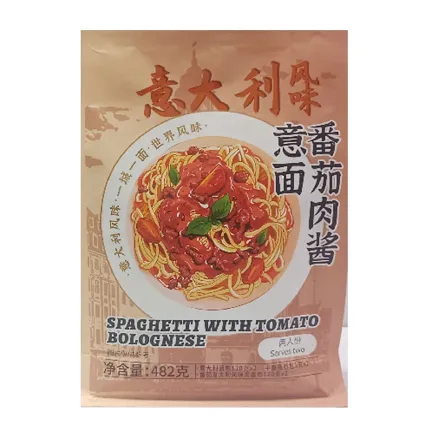
(what is an udon noodle made of)
FAQS on what is an udon noodle made of
Q: What is an udon noodle made of?
A: Udon noodles are typically made from three basic ingredients: wheat flour, water, and salt. The simple recipe gives them their chewy and smooth texture. No eggs or dairy are used.Q: What ingredients are hand made udon noodles made from?
A: Hand made udon noodles are traditionally crafted with wheat flour, water, and salt. The dough is kneaded by hand and sometimes even stomped on for extra chewiness. No artificial additives are added.Q: Is udon noodles made of rice or wheat?
A: Udon noodles are made of wheat flour, not rice. This gives them a soft, chewy bite unique to wheat-based noodles. They're different from rice noodles both in taste and texture.Q: Do udon noodles contain eggs or dairy?
A: Classic udon noodles do not contain eggs or dairy products. They are naturally vegan, consisting only of wheat flour, water, and salt. Always check labels for variations.Q: What makes hand made udon noodles different from factory-made ones?
A: Hand made udon noodles usually have a thicker and chewier texture due to the kneading and stretching process. Factory-made noodles are often more uniform but can lack the traditional bite. The simple ingredients remain the same.-
Is Whole Wheat Pasta Healthy?NewsMay.30,2025
-
Are Soba Noodles Good for Weight Loss?NewsMay.30,2025
-
Are Buckwheat Soba Noodles Healthy?NewsMay.30,2025
-
Are Buckwheat Soba Noodles Gluten Free?NewsMay.30,2025
-
Are Buckwheat Noodles Good for You?NewsMay.30,2025
-
A Healthy Way to Savor Soba and Spicy FlavorsNewsMay.30,2025
-
What Are Lanzhou Noodles?NewsMay.30,2025
Browse qua the following product new the we












































































































